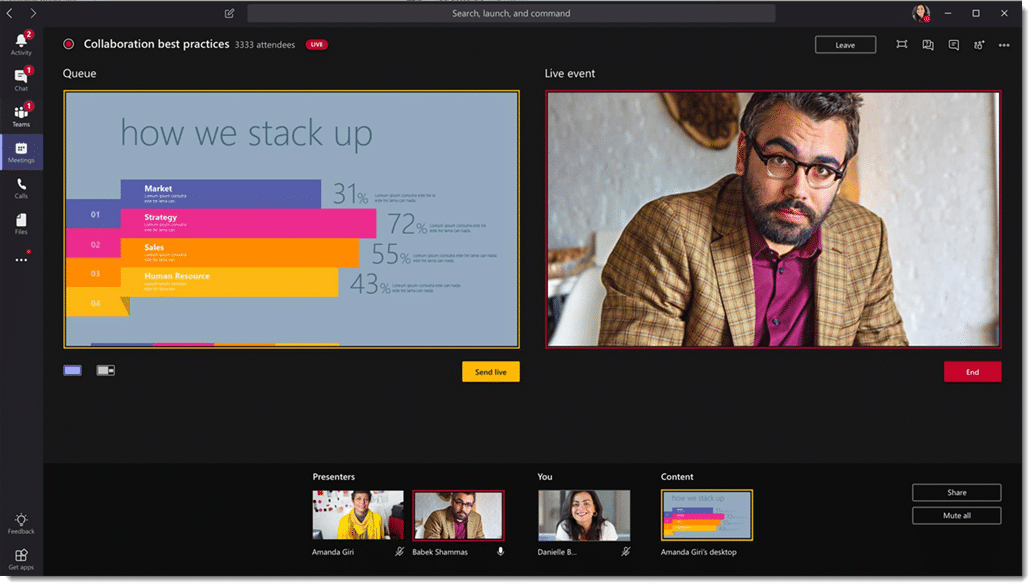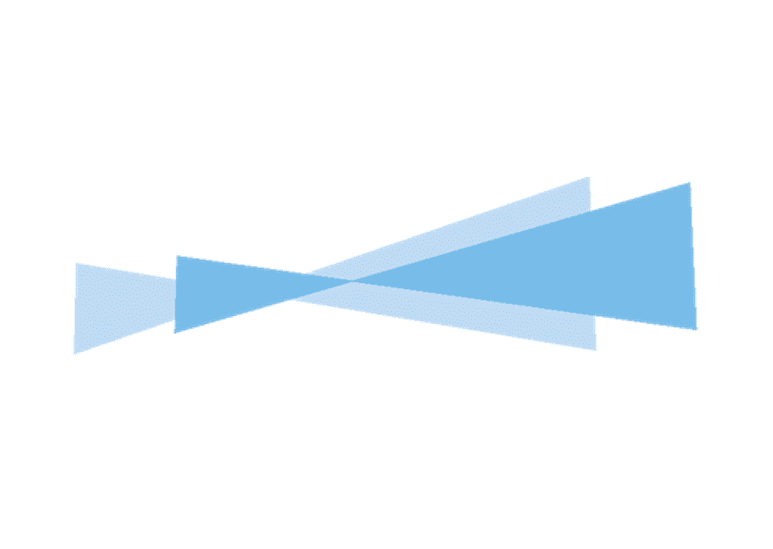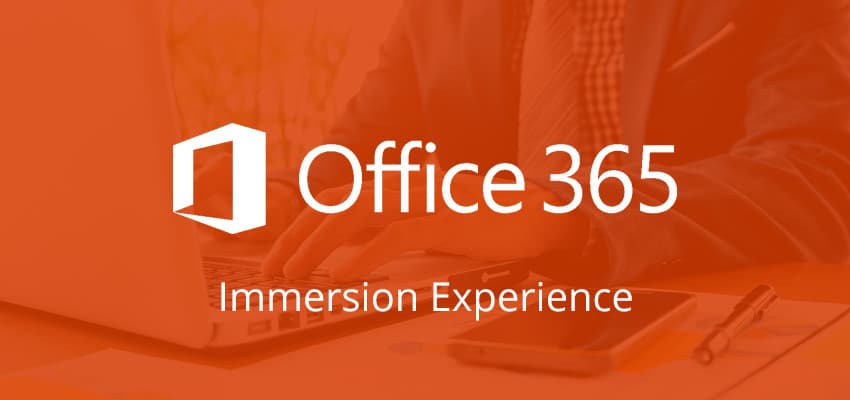

Hosting a live event in Microsoft Teams enables you to schedule and produce events for large online audiences. Live events use video and interactive discussion to host organisation-wide employee briefings or host a virtual council meeting, and can be as simple or as sophisticated as needed. Up to 10,000 attendees can participate in real-time from anywhere, across devices, or catch up later with the event recording that features automatic transcription and search.

Microsoft Teams empowers employees to meet expectations and allows organisations to adopt new ways of working by bringing together features from across Microsoft’s offerings in a solution designed for small and medium-sized businesses.
So, how do you setup a live event?
Just like an in-person gathering, a live event works best when properly planned ahead of time. Based on your needs, you can consider hosting a lightweight event using a simple laptop and webcam setup and invite the presenters to participate using their own devices, or opt to use professional camera and sound setup. Further, to ensure a seamless experience for your attendees, you should assign roles to various participants. For example:
After you have planned the event and assigned roles, you are ready to schedule you event! You can schedule a live event just like any other meeting, using the calendar in Microsoft Teams. First, you will enter event information, including the title, date and time, and assign people to roles.

As a live event organiser, one of your responsibilities is to invite attendees. When you schedule a live event in Teams, it automatically sends the calendar invite to producers and presenters. From the calendar entry in Teams, you can get a link to the event and send it out to attendees.
When you want to start the live event, select “Join” from the invite. You will enter the event in setup mode. In this mode, you can add content and video you want to go live with. To get a quick overview of how to use the setup mode and go live, watch the video here
After the live event is over, you can choose to download the recording, as well as attendee and Q&A reports. Sharing the recording with attendees can help them go over the event and using searchable transcripts, even enable them to watch specific parts of the event that they care about the most.

Would you like to learn more? Join our Office 365 Bootcamp!